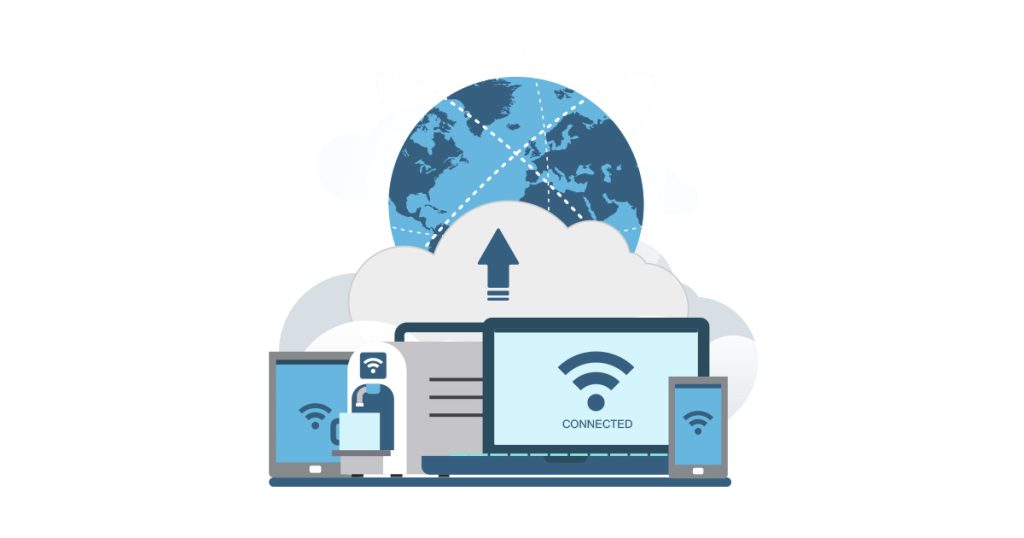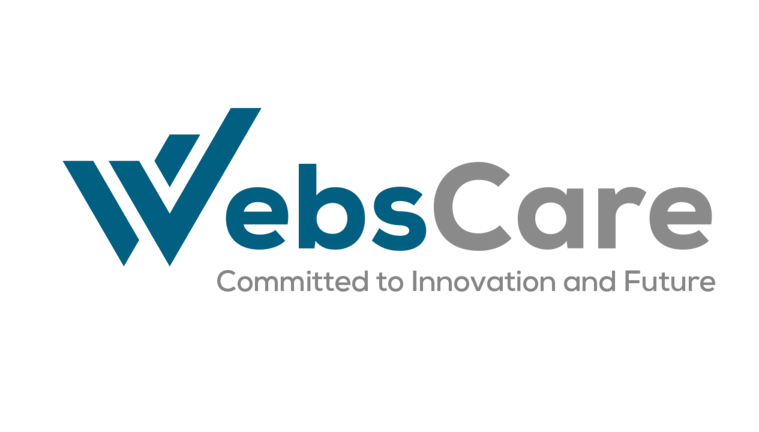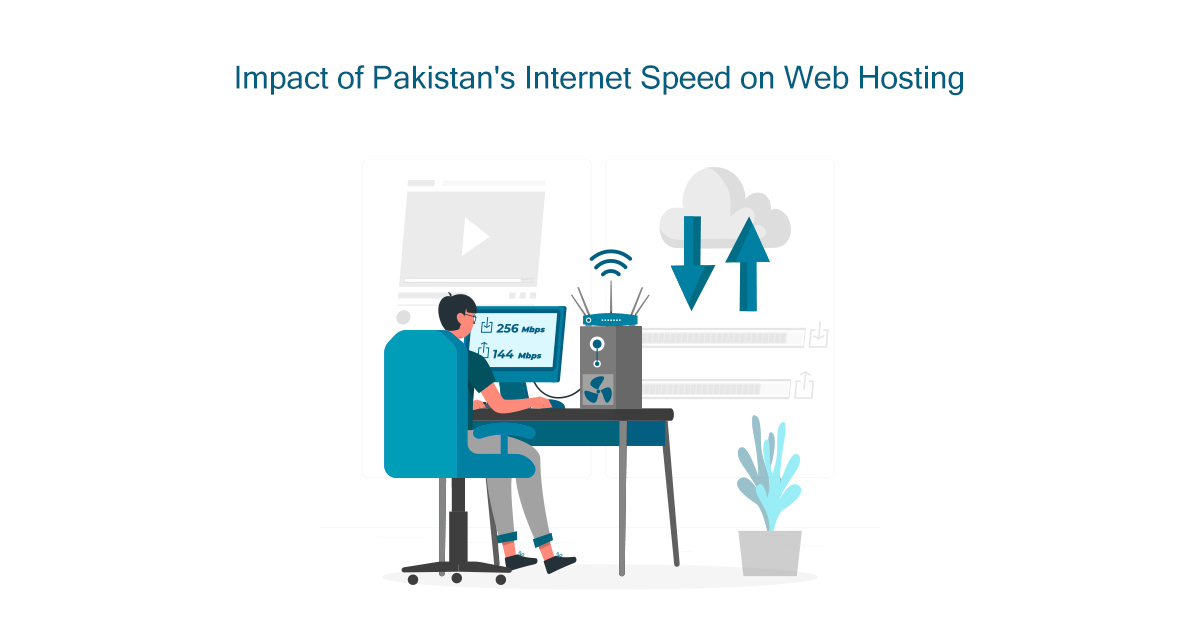Pakistan’s internet speed notably impacts the performance of web-hosted platforms and the user experience. While businesses and web developers can optimize their hosting strategies to adapt to current conditions, improvements in national internet infrastructure are essential for ensuring a strong and efficient digital ecosystem. Pakistan ranks 150th globally in overall internet performance. As connectivity advances, users in Pakistan can look forward to an online experience that is smoother, faster, and more aligned with global standards. Pakistan currently has over 100 million internet users, with a penetration rate of around 47%. The average download speed in Pakistan is 10.71 Mbps while the average upload speed is 10.45 Mbps. In this thorough article, our WebsCare research team delves into the impact of Pakistan’s internet speed on web hosting and user experience.
Are you looking for ways to improve your website’s performance and handle increased traffic in Pakistan? Let’s read more about it.
Internet Connectivity in Pakistan
Pakistan’s internet infrastructure has seen significant growth, with broadband and fiber optic connections expanding rapidly in urban areas, while mobile internet coverage continues to improve with 4G networks
Broadband and Fiber Optic Connections
Pakistan has a growing fiber optic infrastructure with major providers like PTCL (Pakistan Telecommunication Company Limited), StormFiber, and Nayatel offering fiber-to-the-home (FTTH) services. These providers offer relatively high speeds with packages ranging from 20 Mbps to 1 Gbps in urban centers.
Mobile Internet (3G/4G and 5G Prospects)
Pakistan has widespread mobile internet coverage with 4G networks provided by companies such as Jazz, Zong, Telenor and Ufone. Average mobile internet speeds vary widely, often influenced by location, network congestion, and provider. According to recent Speedtest Global Index data, Pakistan’s average mobile download speed is around 20 Mbps.
Why Internet Speed Matters in Web Hosting
Web hosting is the backbone of any online presence. It involves storing website files on servers and making them accessible to users on the internet.

| Page Load Speed | Fast page loading is essential for a positive user experience. Studies suggest that users expect a webpage to load within three seconds, and delays lead to frustration and high bounce rates. |
| Data Transmission Efficiency | A hosting plan’s bandwidth determines data transfer rate between your website and its visitors. A higher bandwidth means faster page load times especially for content-rich websites. Plus, limited bandwidth can lead to slow loading and incomplete page displays. |
| Global SEO Impact | Google and other search engines prioritize websites that load quickly. Slow loading times due to low internet speeds and unoptimized hosting can negatively impact a website’s ranking in search results, affecting its visibility and organic traffic. |
Which hosting providers in Pakistan offer the best performance for WordPress websites? Here are the 10 best WordPress hosting providers in Pakistan for lightning-fast websites.
User Experience Challenges in Pakistan
User experience or UX, refers to the quality of a user’s interaction with a website or app. In Pakistan, where internet speeds are often slow and inconsistent, the UX challenges are more pronounced:
| Interrupted Multimedia Streaming | Video and multimedia-rich content are now common but they require high-speed internet to load seamlessly. Pakistani users often experience buffering, lower-quality streams or interruptions due to slower speeds, impacting engagement and reducing overall satisfaction. |
| High Bounce Rates | Slow-loading websites frustrate users, leading to higher bounce rates as visitors leave before engaging with the content. This impacts not only website performance but also business revenue and brand perception. |
| Poor Mobile Experience | With a large proportion of Pakistan’s population relying on mobile internet, slow speeds affect the mobile experience more acutely. Many websites designed with desktop users in mind may not be optimized for mobile and lower mobile speeds can cause navigation and loading delays that discourage users from interacting with these sites. |
Strategies for Overcoming Speed Challenges in Web Hosting
Despite Pakistan’s internet limitations, businesses can enhance website performance by:
- Hosting on local or regional servers and using Content Delivery Networks (CDNs) helps reduce latency and improve access speed for Pakistani users.
- Optimizing Content by compressing images, using caching and creating lighter website versions which reduce load times, enhancing user experience on slower connections.
- Since most internet traffic in Pakistan is mobile, responsive designs that load quickly on mobile networks are essential.
- Progressive Web Apps (PWAs) provide a fast, app-like experience and work well on limited bandwidth which makes them ideal for users with slower connections.
- Combine Javascript and CSS files and Limit HTTP requests.
- Delete unused plugins and choose fewer fonts.
- Track 404 Errors and Limit external scripts
How can managed hosting help scale my website effectively in Pakistan? Here’s a guide on how to scale your website with managed hosting in Pakistan.
Conclusion
Pakistan’s internet speed significantly impacts web hosting and user experience, shaping how businesses and users engage online. There are multiple practical strategies like local hosting, content optimization and mobile-friendly design that can help mitigate these issues. As Pakistan moves toward faster, more reliable internet with advancements in 5G and fiber-optic infrastructure both businesses and users stand to benefit. Improved connectivity will not only enhance user satisfaction and accessibility but will also unlock new digital opportunities across e-commerce, education and entertainment sectors. Until then, optimizing web hosting and UX remains essential for navigating the current speed limitations and ensuring a competitive online presence.


